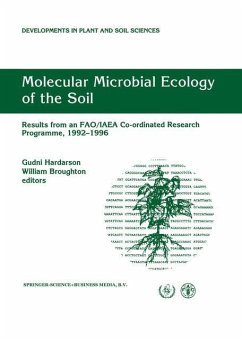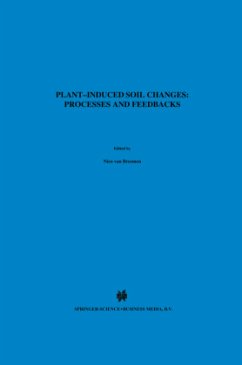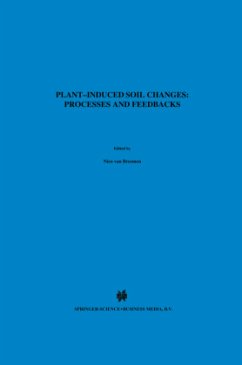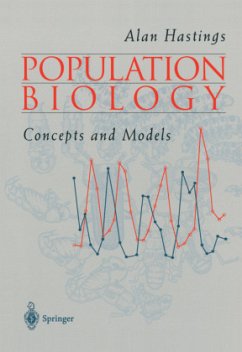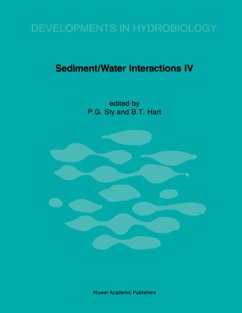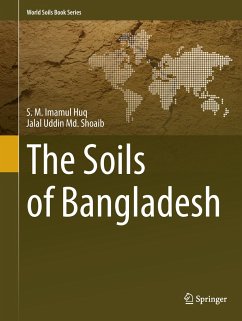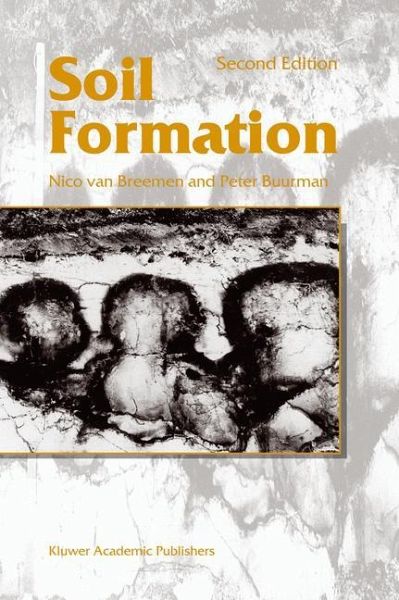
Soil Formation
Versandkostenfrei!
Versandfertig in 1-2 Wochen
77,99 €
inkl. MwSt.
Weitere Ausgaben:

PAYBACK Punkte
39 °P sammeln!
Soil Formation deals with qualitative and quantitative aspects of soil formation (or pedogenesis) and the underlying chemical, biological, and physical processes. The starting point of the text is the process - and not soil classification. Effects of weathering and new formation of minerals, mobilisation, transport, and breakdown or immobilisation of dissolved and suspended compounds are discussed. Soil processes and profiles are discussed in relation to the landscape, the geosphere, and the biosphere. Emphasis lies on the universality of soil-forming processes in past and present, and on the ...
Soil Formation deals with qualitative and quantitative aspects of soil formation (or pedogenesis) and the underlying chemical, biological, and physical processes. The starting point of the text is the process - and not soil classification. Effects of weathering and new formation of minerals, mobilisation, transport, and breakdown or immobilisation of dissolved and suspended compounds are discussed. Soil processes and profiles are discussed in relation to the landscape, the geosphere, and the biosphere. Emphasis lies on the universality of soil-forming processes in past and present, and on the soil as a dynamic entity that forms part of the total environment.
Complexity of genetic processes in time and space is given much attention. The text gives many examples from literature and places some in a new light. The reader is guided through the subject matter by a large number of questions and problems to help understand and synthesis the material. Answers to all questionsare included. This second edition has been updated to reflect recent discoveries. Printing errors have been corrected, and new photographs support the text.
Complexity of genetic processes in time and space is given much attention. The text gives many examples from literature and places some in a new light. The reader is guided through the subject matter by a large number of questions and problems to help understand and synthesis the material. Answers to all questionsare included. This second edition has been updated to reflect recent discoveries. Printing errors have been corrected, and new photographs support the text.



